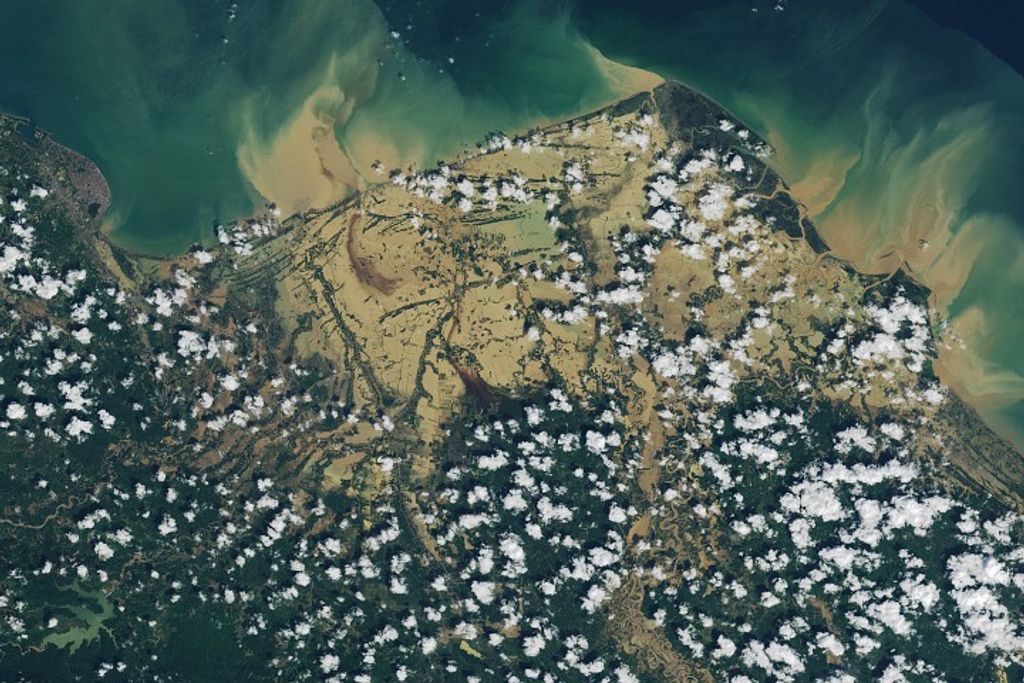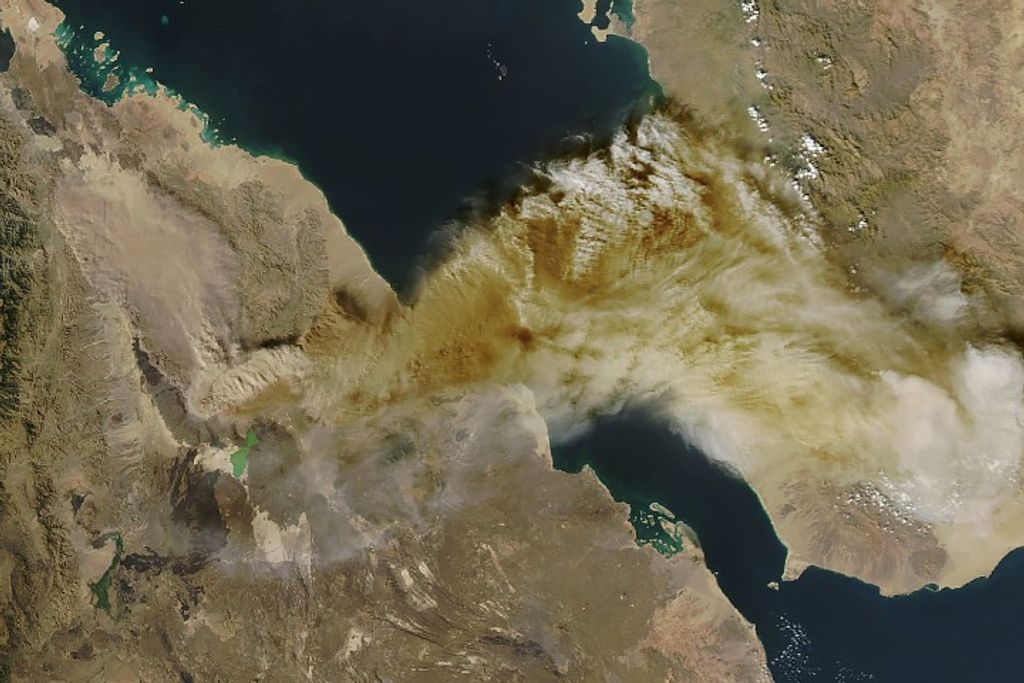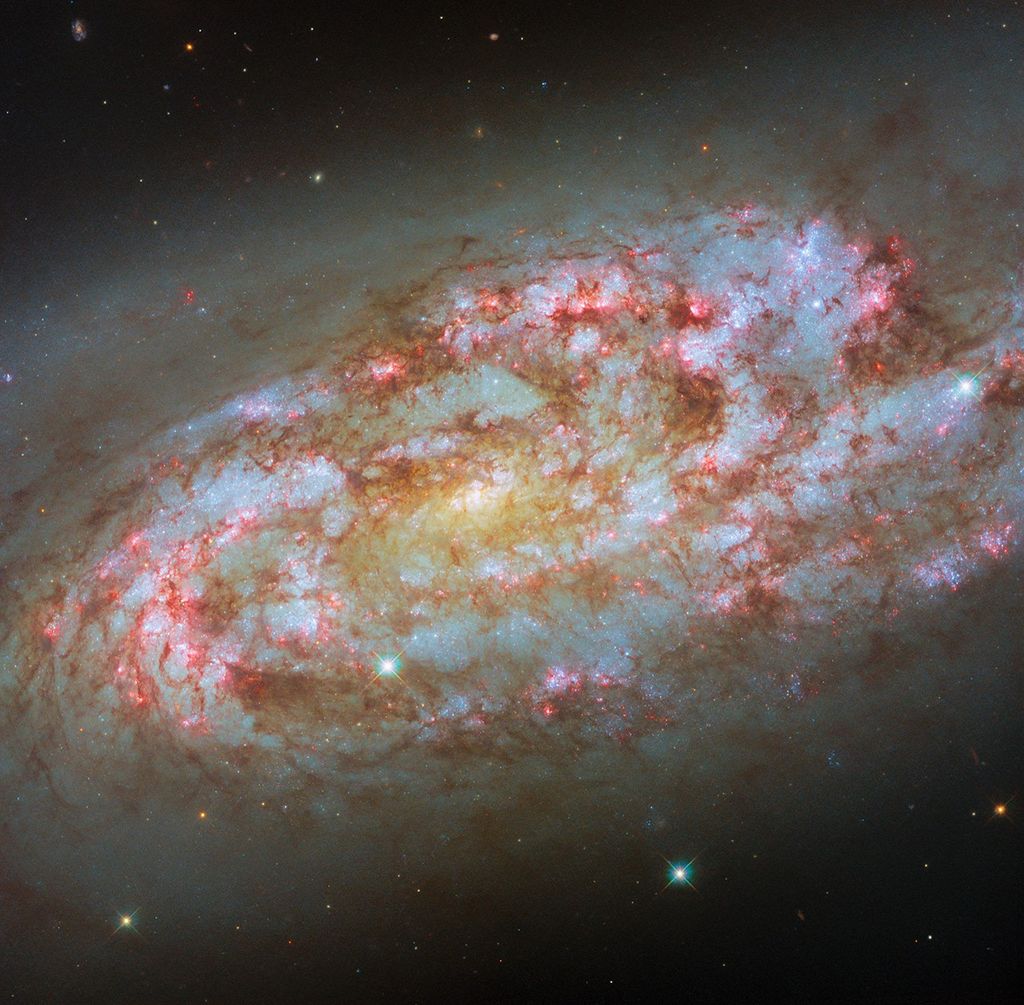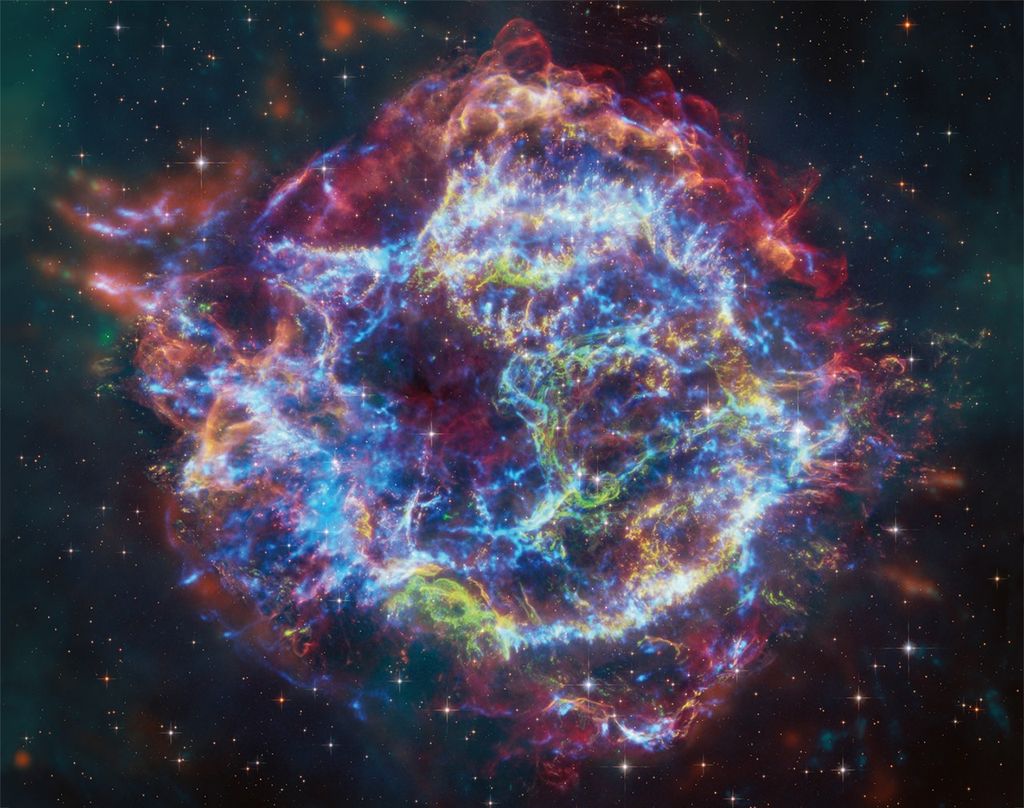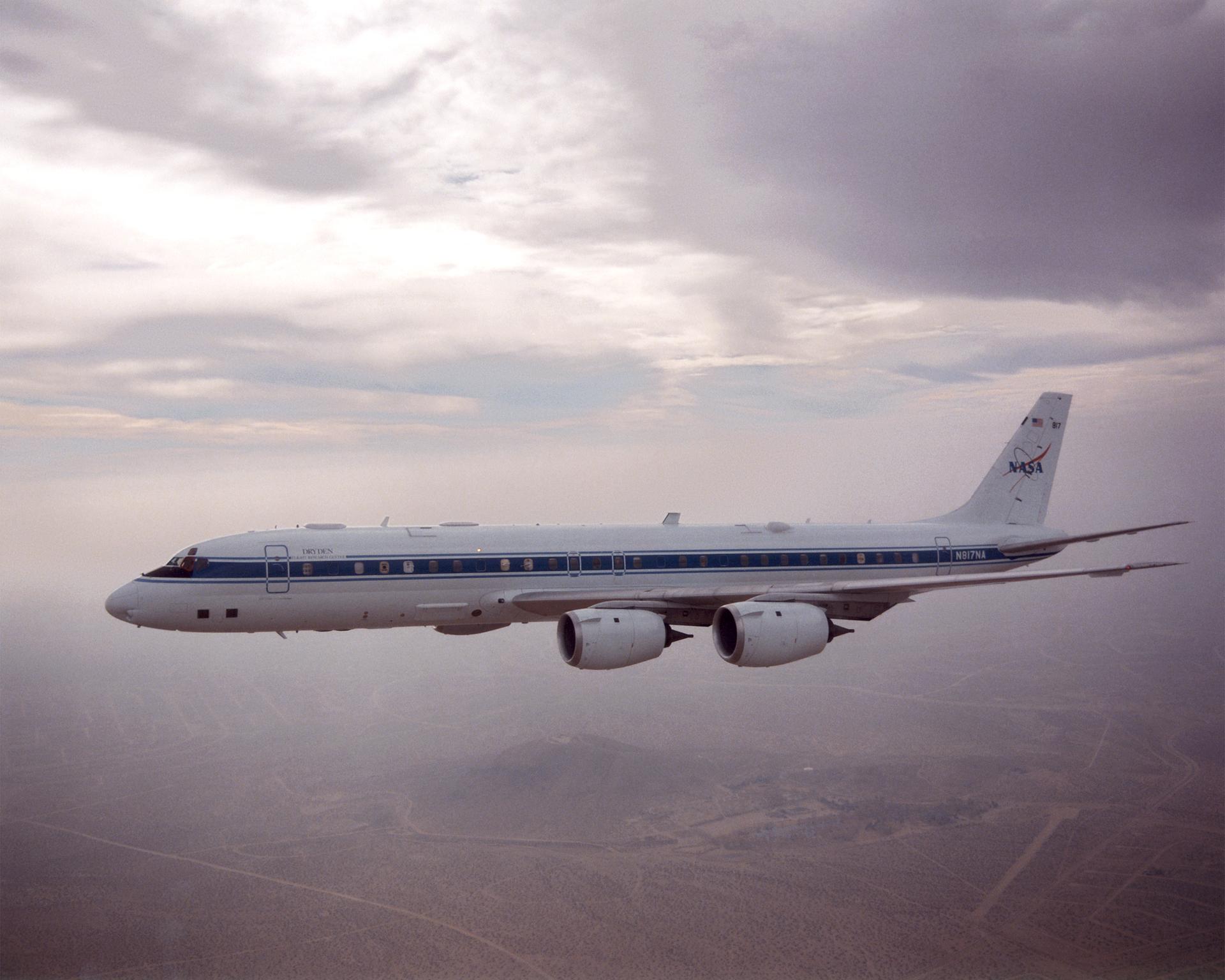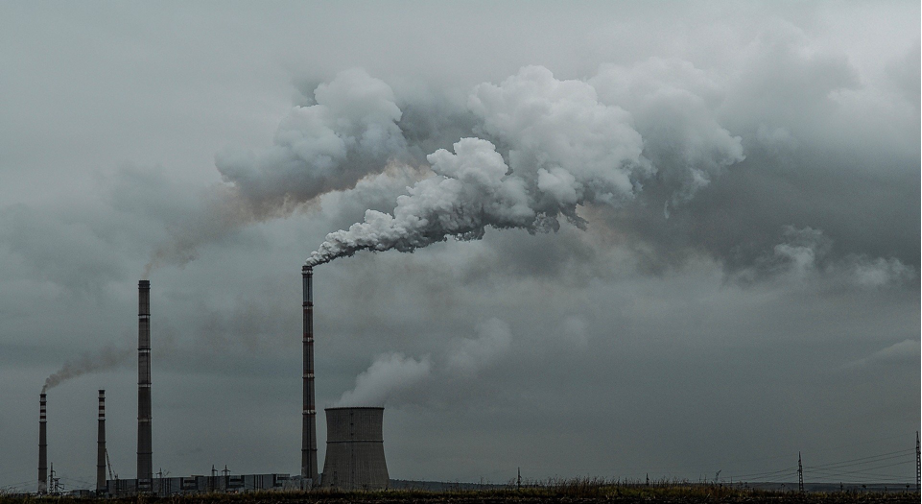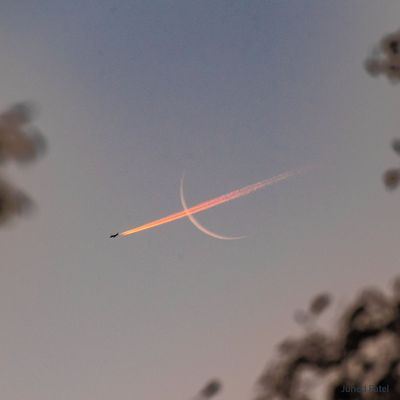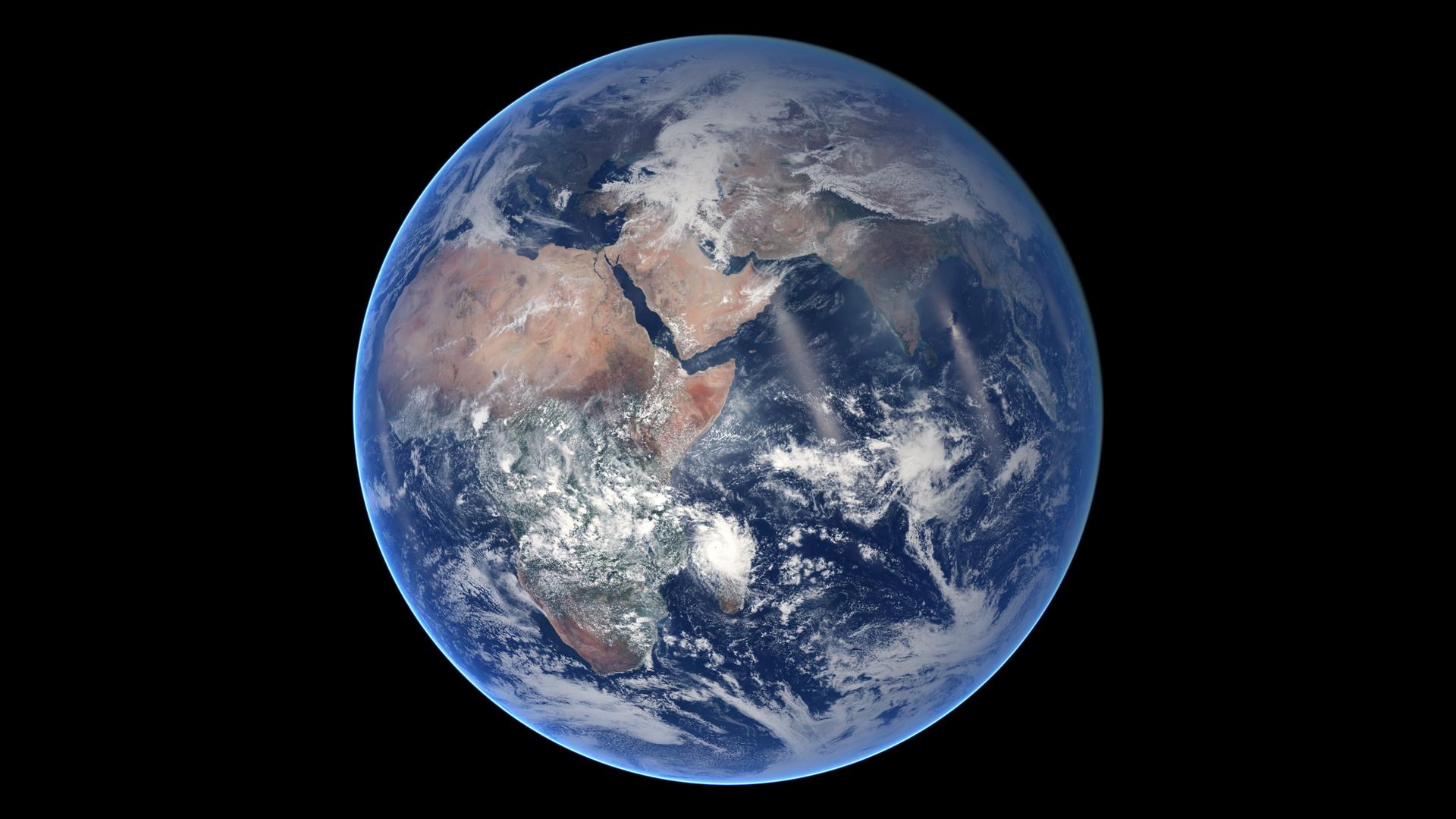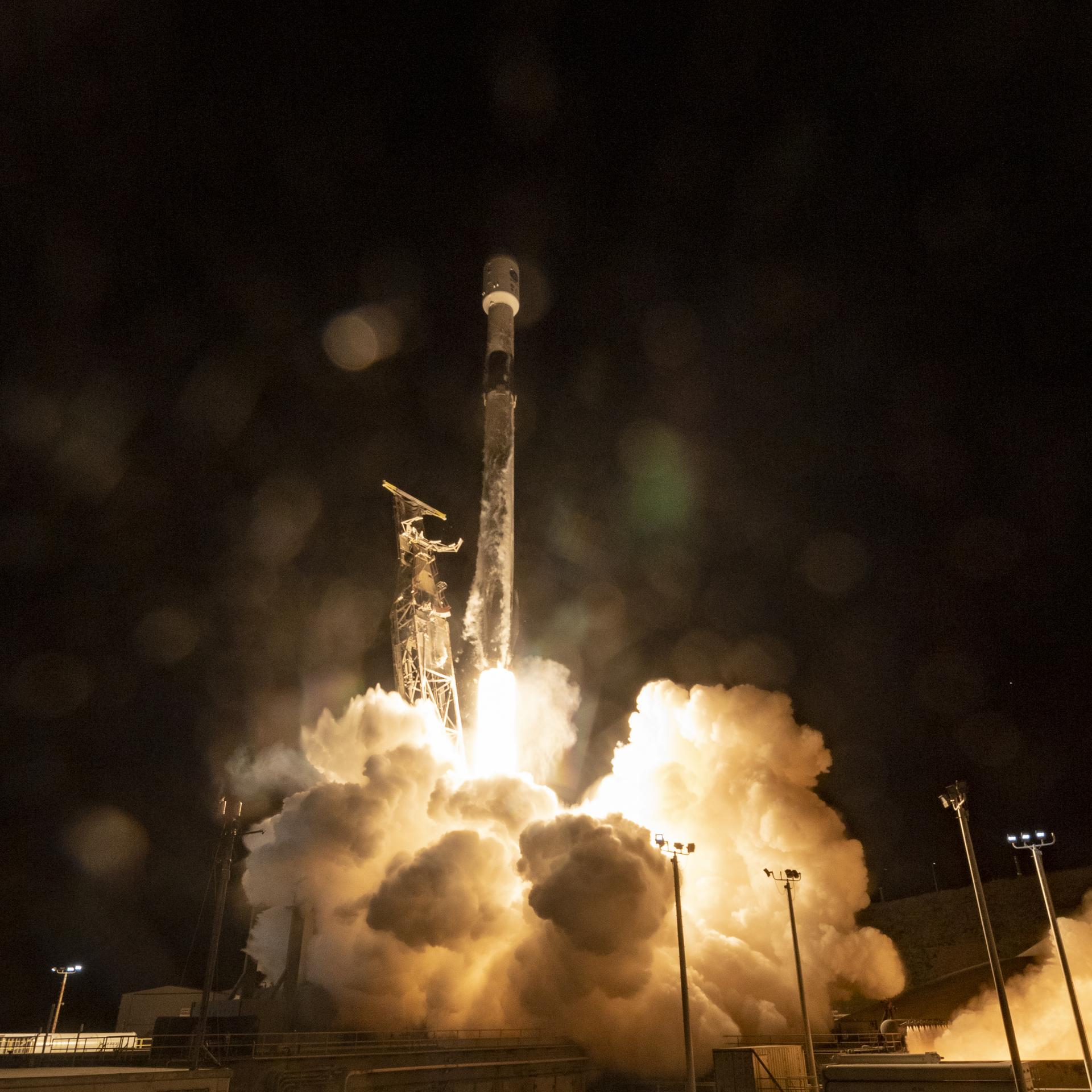Where Does NASA fit?
NASA instruments — on satellites, planes, and the ground — constantly collect data on air quality. NASA-funded scientists track the sources and concentrations of major pollutants and their movement through the atmosphere. They provide managers and policymakers with Earth observations that can inform decisions around air quality for economic and human benefit.
What’s in the Air?
Watch to learn what air quality is and why it’s so important that we study it.
Watch on YouTubeAir's Ingredients
The air we breathe is a stew of components—some natural, some introduced by human activity.

Curious Universe Podcast: Tiny but Mighty
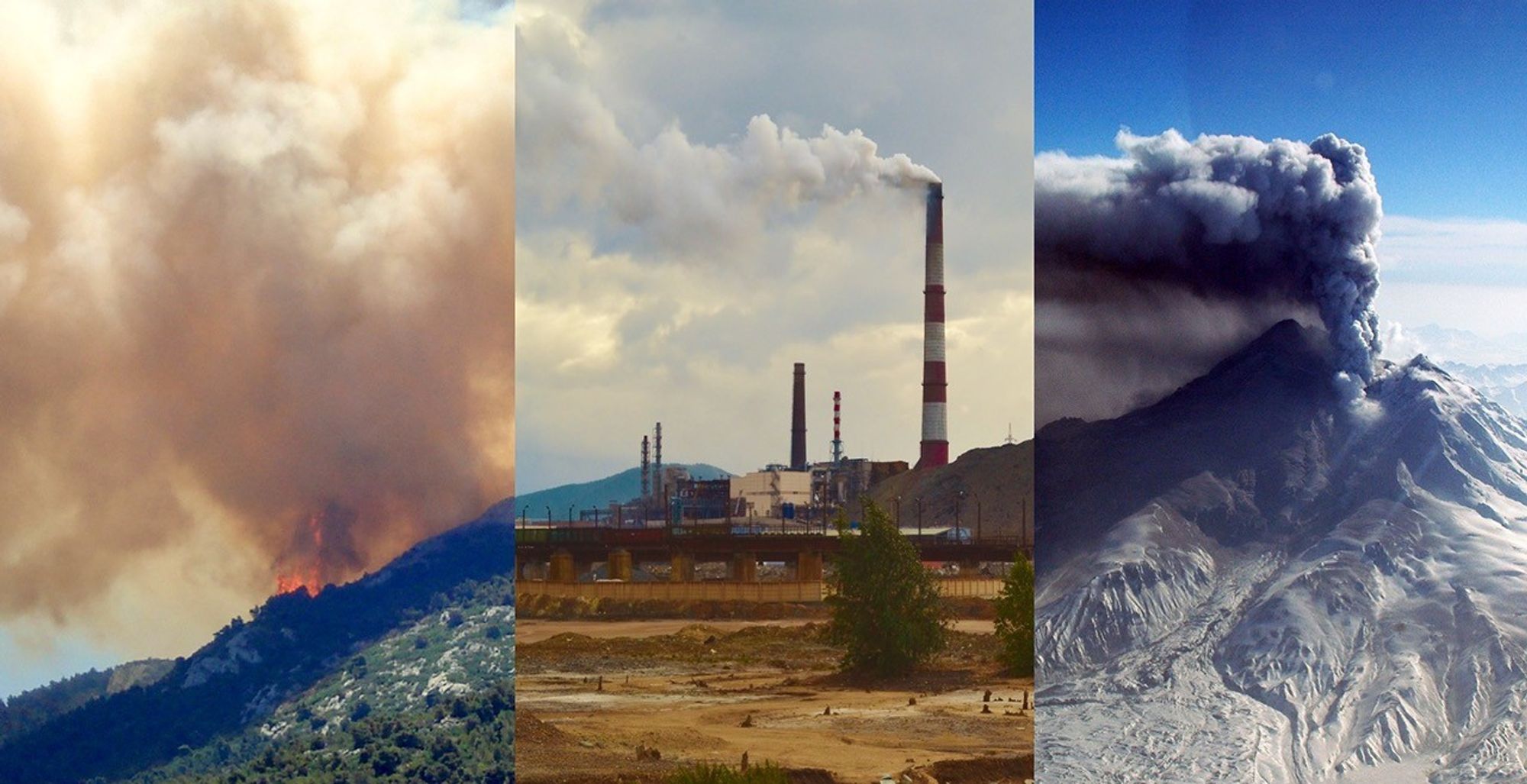
Aerosols: Particles with Big Climate Effects

Aura: Atmospheric Chemistry
NASA Mission: TEMPO
TEMPO, or Tropospheric Emissions: Monitoring of Pollution, is the first space-based instrument to continuously measure air quality above North America with the resolution of a few square miles. It is a collaboration between NASA and the Harvard-Smithsonian Astrophysical Observatory.
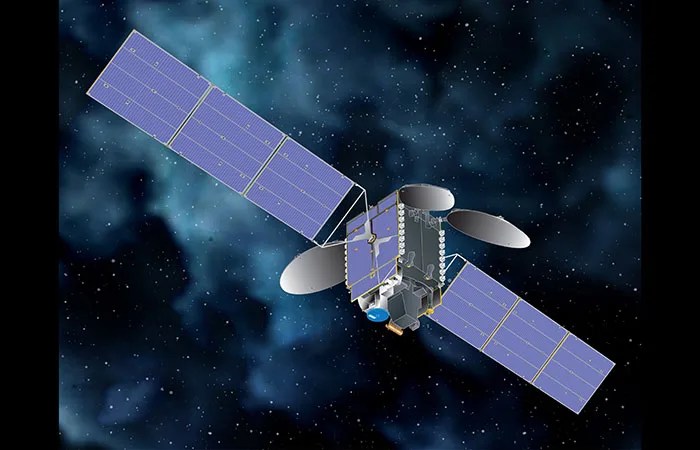
60 Second Science: The TEMPO Instrument

NASA Shares First Images from US Pollution-Monitoring Instrument
TEMPO: Exploring Air Quality
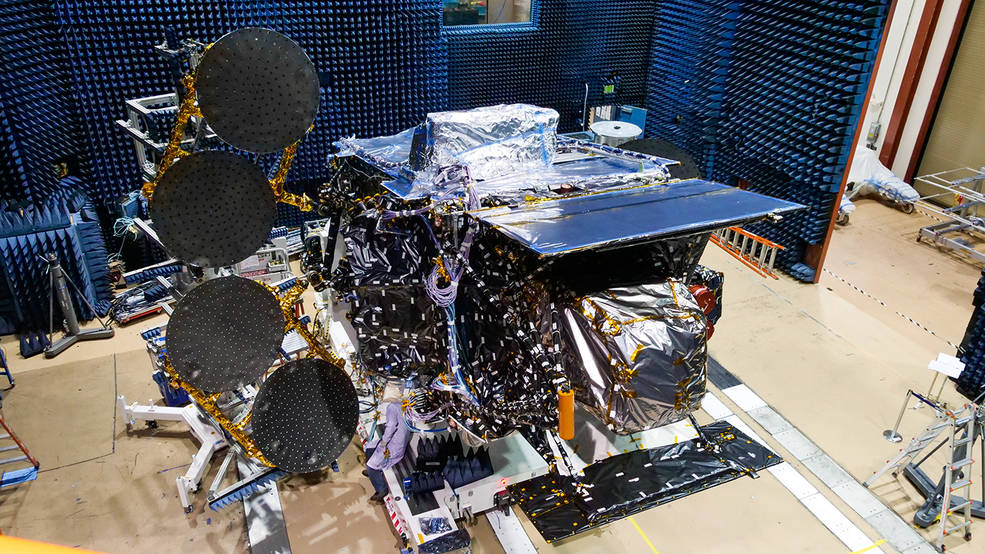
New Instrument to Track Air Pollution Hourly, Shed Light on Disparities
NASA Mission: PACE
The Plankton, Aerosol, Cloud, ocean Ecosystem (PACE) mission helps us understand our ocean and atmosphere by measuring key variables associated with cloud formation, particles and pollutants in the air, and microscopic, floating marine life (phytoplankton). These observations provide us better monitors of ocean health, air quality, and climate change.
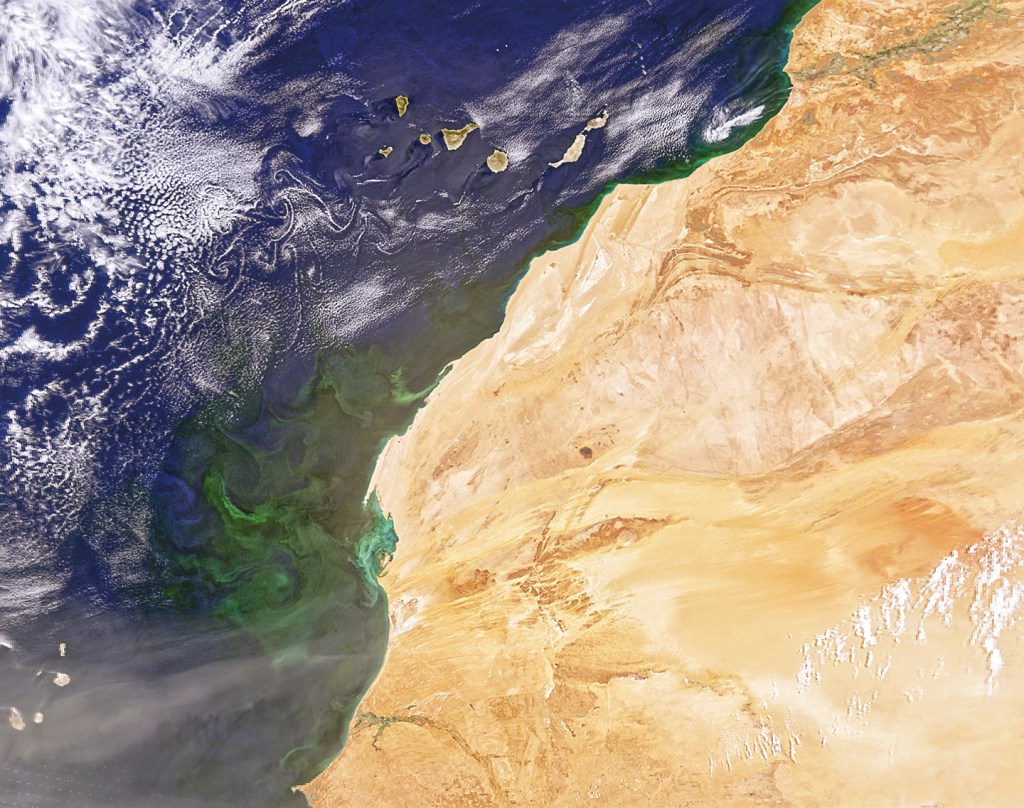
Keeping Pace with PACE
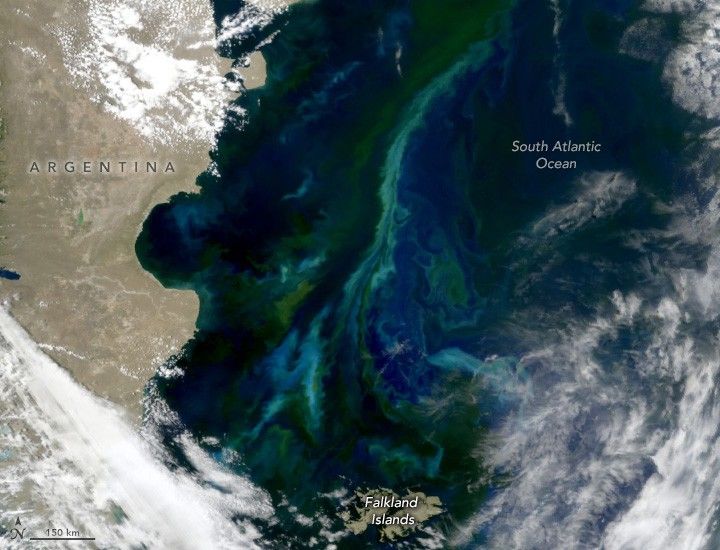
PACE Makes the Invisible Visible
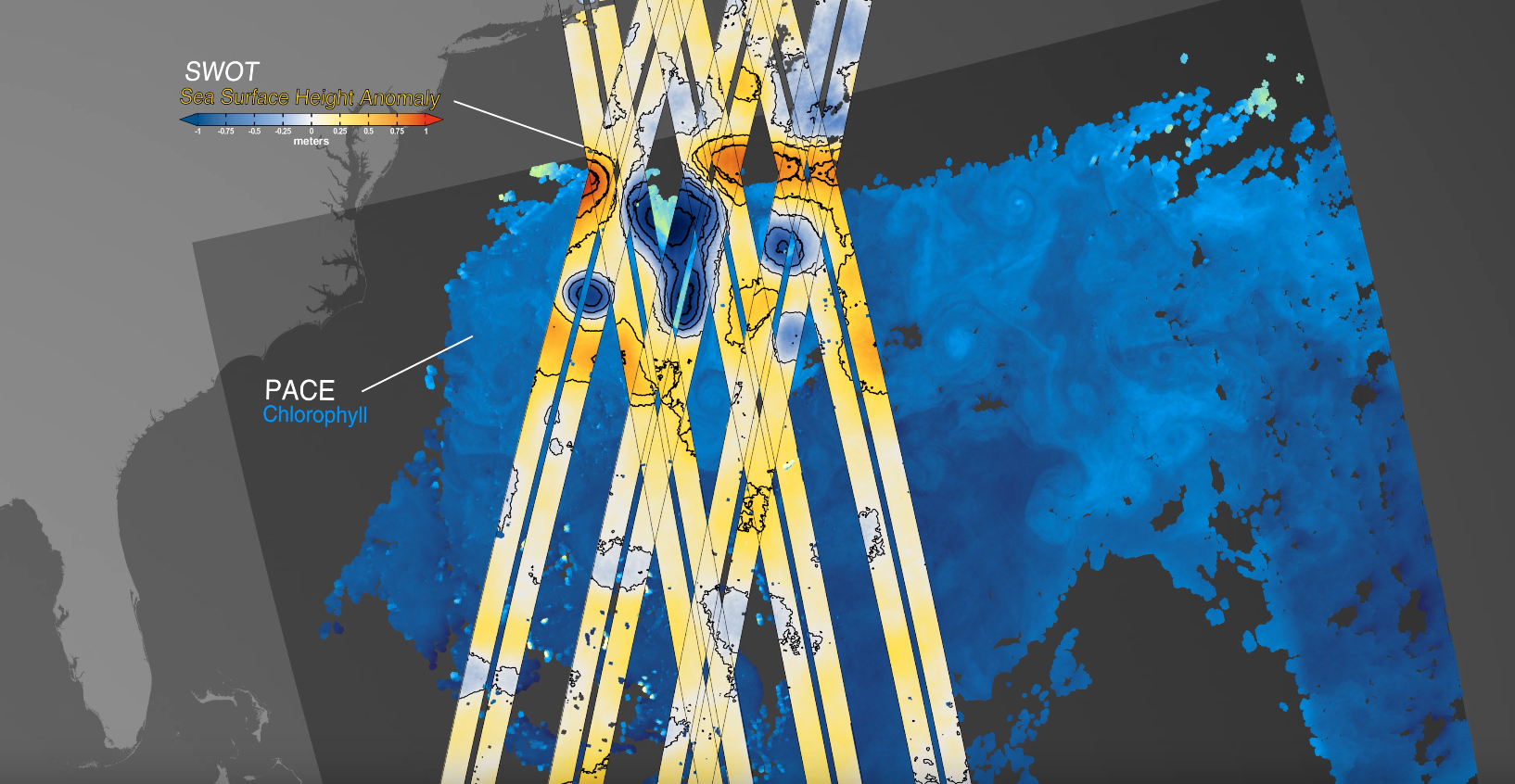
NASA’s PACE, US-European SWOT Satellites Offer Combined Look at Ocean

New NASA Satellite To Unravel Mysteries About Clouds, Aerosols
How NASA Helps
Human Fingerprint on Global Air Quality
Scientist Bryan Duncan and his team examined observations made from 2005 to 2014 by the Ozone Monitoring Instrument aboard NASA’s Aura satellite. One of the atmospheric gases the instrument detects is nitrogen dioxide, a yellow-brown gas that is a common emission from cars, power plants, and industrial activity.
Nitrogen dioxide can quickly transform into ground-level ozone, a major respiratory pollutant in urban smog. Nitrogen dioxide hotspots, used as an indicator of general air quality, occur over most major cities in developed and developing nations.
How NASA Sees the Air We Breathe
A Goddard Space Flight Center video describes NASA’s Earth observations.
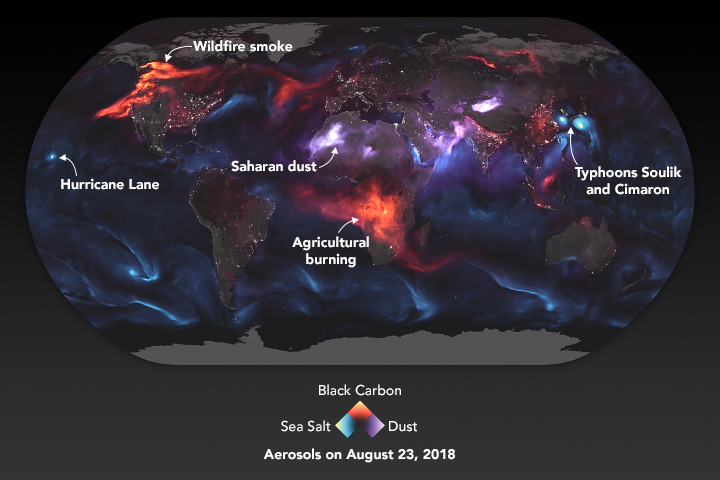
Just Another Day on Aerosol Earth
NASA satellites trace ingredients of air worldwide on one particularly representative day in the life of planet Earth.
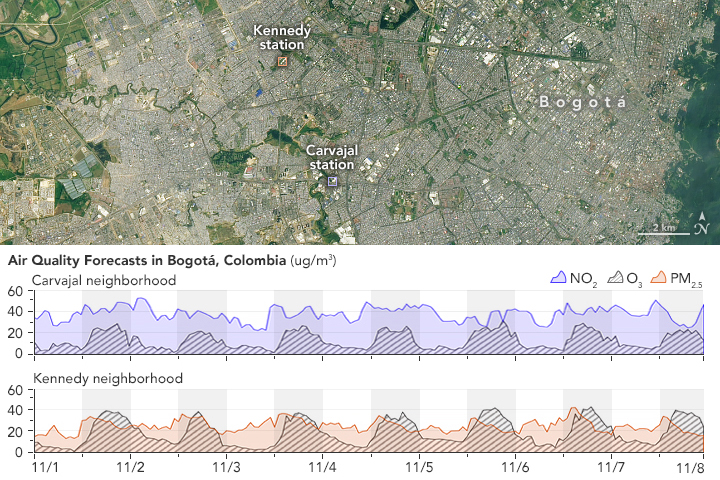
Filling an Air Pollution Data Gap
Many cities have shortages of air quality monitors. NASA developed a tool called GEOS-CF that can help.
NASA and NOAA Take to the Air to Chase Smoke
NASA, NOAA and university partners are taking to the skies, and the ground, to chase smoke from fires burning across the United States.
The Fire Influence on Regional to Global Environments and Air Quality (FIREX-AQ) is starting in Boise, Idaho, with a long-term of goal of improving our understanding of how smoke from fires affects air quality across North America.
Air Quality News
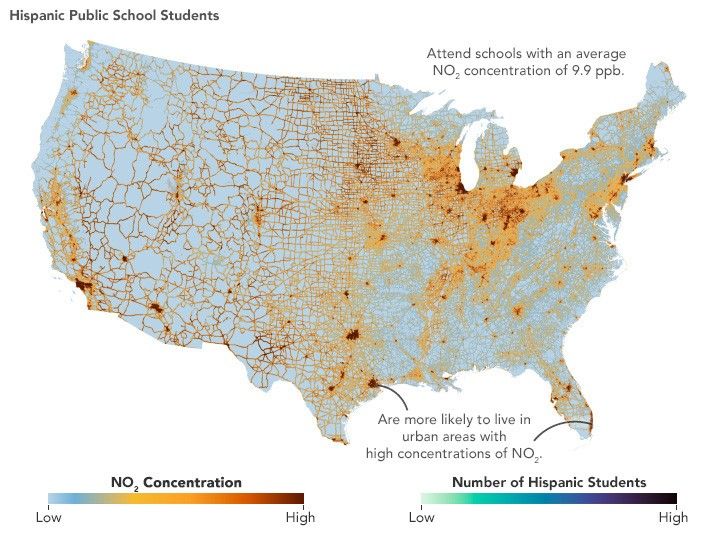
An Unequal Air Pollution Burden at Schools
Satellite observations show that students of color in the U.S. attend public schools with higher concentrations of air pollution than their white peers.
Satellite Data Can Help Limit the Dangers of Windblown Dust
A new model of windblown dust, powered by NASA and NOAA satellite data, provides important early warnings.

How Dust Affects the World’s Health
NASA research finds that a combination of windblown dust and human-caused particle pollution was associated with nearly 3 million premature deaths in 2019.
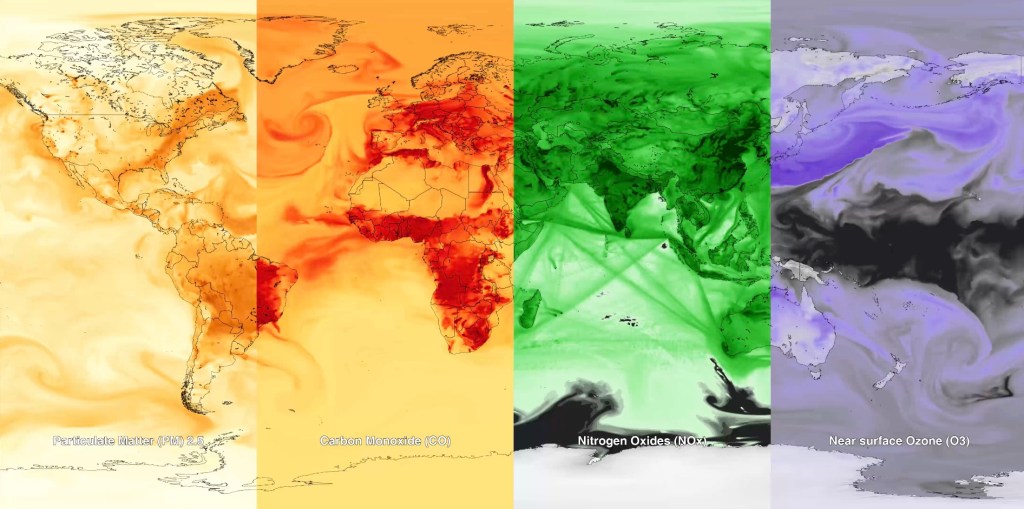
NASA Models the Complex Chemistry of Earth's Atmosphere
A NASA visualization shows 96 chemical species that help form one common air pollutant — surface ozone.








